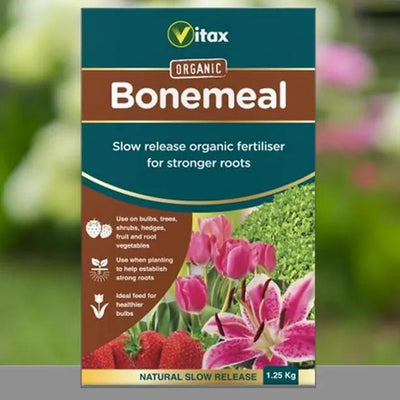Sunset Apple Trees
Sunset apple trees produce masses of small red and gold flushed eaters, often grown as a Cox's Orange Pippin substitute; they have a similar flavour, perhaps not as deep, (nothing really is) but Sunsets are altogether easier to grow, being a pretty disease resistant tree that crops reliably.
The fruit stores and ripens off the branch from September, with the last ones harvesting being good in early December.
It's a Kentish style apple, so it juices well and has been known to make a sweet, strong cider blend.
Browse our range of apple trees, or all our fruit trees.
Read our guide to buying apples.
Delivery season: Bareroot plants are delivered in late Autumn to Spring, about November-March inclusive. Pot grown plants, year round.
Features
- Eating: Similar to Cox on a good year.
- Juices well, sweet element for cider blend
- Spur bearer
- Self fertile.
- Pollinator
- Pollination Group C.
- Harvesting: September
- Stores 2 - 3 weeks at least, perfect fruit a little longer
- RHS Plants for Pollinators
- RHS Award of Garden Merit
Growing Sunset Apples
Apples like rich, well drained soil, and will thrive on clay in locations that do not get waterlogged in winter.
A full day of sun and shelter from the wind is ideal.
Sunset isn't ideal for colder Northern, or shady sites, where its flavour might not ripen as it does with more heat and light.
It's highly recommended for growing against south facing walls.
Disease Notes:
Canker resistant.
No special resistance to scab, so not ideal for humid sites in the West.
Rootstocks:
We use MM106 for all Sunset sizes, the UK standard for medium-sized trees, ideal for gardeners. It gives a half-standard about 4m tall, and a bush about 3m.
MM106 maidens are suitable for cordons and espaliers.
Pollination Partners for Sunset
Your trees are self fertile, making decent crops without a pollination partner, but still perform best with one.
Sunset is in Pollination Group C, which cross-pollinates with other apple trees in Groups B, C and D.
Use our Fruit Pollination Checker to quickly find pollination partners, or Apple Pollination Guide to learn more.

 Secure, One-Tap Checkout
Secure, One-Tap Checkout
 Hand Picked, Delivered to Your Door!
Hand Picked, Delivered to Your Door! 1 Year Bareroot Guarantee
1 Year Bareroot Guarantee















